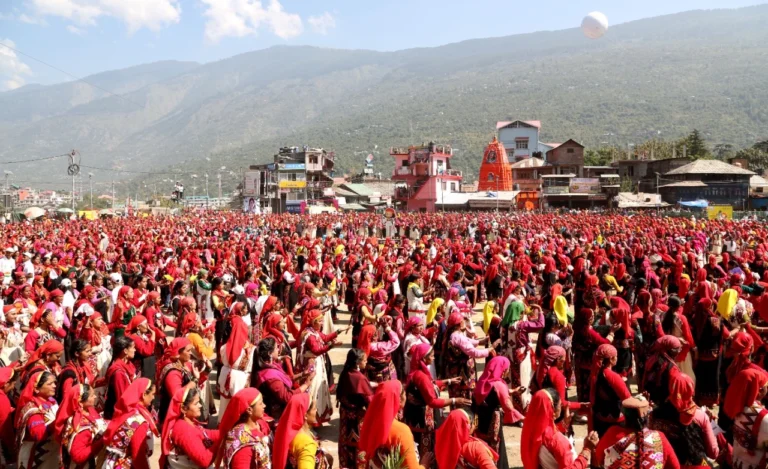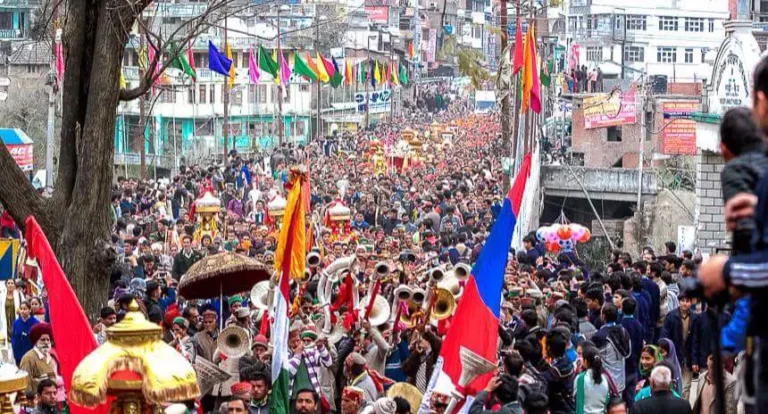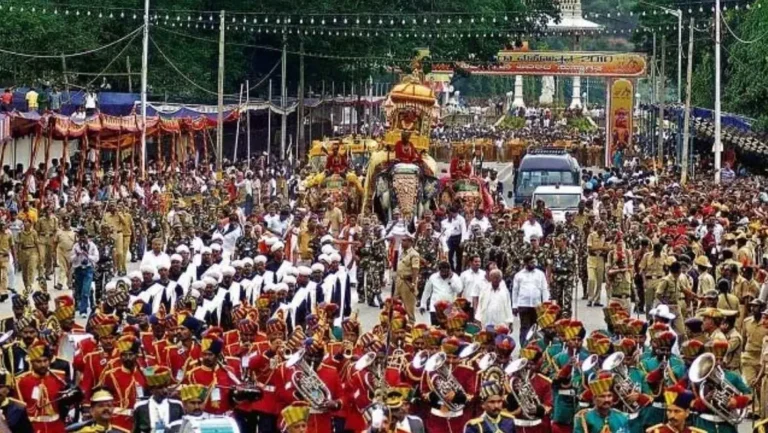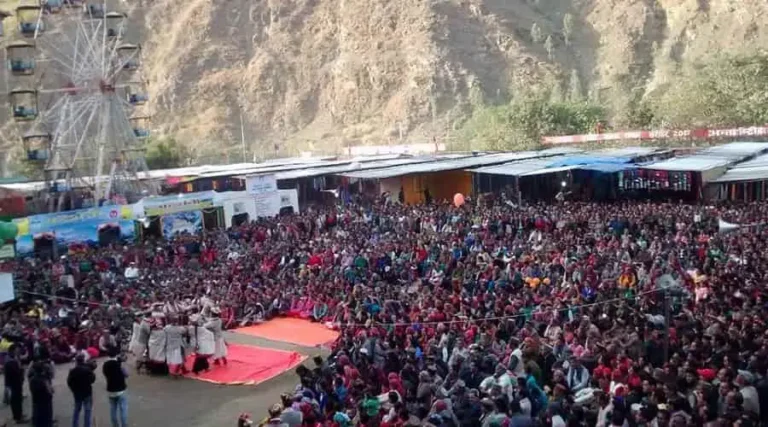Himachal Pradesh, the “Land of Gods,” is not only known for its breathtaking landscapes but also for its vibrant festivals and fairs that showcase the state’s rich culture and traditions. These celebrations provide a window into the lives of the Himachali people, blending spirituality, history, and community spirit. In this blog, we’ll explore some of the most iconic fairs and festivals of Himachal Pradesh, their unique significance, and how they bind the community together.
Himachali Fairs: A Window into the State’s Rich Traditions
Himachali fairs are more than just social gatherings—they are a celebration of heritage, faith, and economic exchange. These fairs have roots in local mythology, seasonal changes, and agricultural cycles. They act as vibrant platforms for cultural performances, local crafts, and traditional cuisine. Visitors get a glimpse into the region’s history while participating in these joyous events.
The Significance of Kullu Dussehra in Himachal Pradesh
Kullu Dussehra, celebrated in the Kullu Valley, is one of the most famous festivals in Himachal Pradesh. Unlike the Dussehra celebrations in other parts of India, which typically conclude with the burning of Ravana’s effigy, Kullu Dussehra focuses on the worship of local deities.
When and Where
- Celebrated in October, it begins on Vijayadashami and lasts for seven days.
- The main events take place in Dhalpur Maidan in Kullu town.
Unique Traditions
- Around 200 local deities from various villages are carried in palanquins to pay homage to Lord Raghunath, the presiding deity of Kullu.
- A grand procession, cultural performances, and folk music add to the festive spirit.
- The festival concludes with the symbolic burning of a pile of wood and grass at the banks of the Beas River, symbolizing the victory of good over evil.
Why It’s Special
Kullu Dussehra is recognized as an international event, attracting visitors from across the globe. It is a spiritual and cultural experience that highlights the deep-rooted traditions of the Kullu Valley.
Shivratri Festival in Mandi: A Unique Celebration
The Mandi Shivratri Festival is a week-long celebration dedicated to Lord Shiva, held in the historic town of Mandi, often referred to as the “Chhoti Kashi” of Himachal Pradesh.
When and Where
- Celebrated in February or March, on the day of Mahashivratri.
- Takes place at Paddal Ground in Mandi.
Key Highlights
- The festival begins with a grand Shobha Yatra (procession) of over 200 local deities, led by Lord Madho Rai, the chief deity of Mandi.
- Devotees offer prayers, and cultural performances such as Nati dances and folk music are held.
- Traditional Himachali food and handicrafts are showcased in stalls, adding a vibrant touch.
Cultural Importance
The festival is not just a religious event but also a significant socio-cultural gathering, where locals reconnect with their roots and celebrate their faith.
Minjar Fair of Chamba
The Minjar Fair is a week-long celebration in Chamba, Himachal Pradesh, marking the end of the harvest season and celebrating the town’s agricultural prosperity.
When and Where
- Held in July or August, during the monsoon season.
- Takes place at the Chamba Chaugan, a large open ground in the town.
Unique Traditions
- The festival begins with the offering of Minjar, a silk tassel, to the Ravi River, symbolizing the end of the rainy season and prosperity.
- A grand procession with idols of local deities adds a spiritual touch to the event.
- The week is filled with cultural programs, folk dances, and stalls selling local handicrafts and food.
Why It’s Special
The Minjar Fair has been recognized as a national-level fair, drawing visitors from far and wide. It beautifully combines agriculture, faith, and community spirit.
Lavi Fair of Rampur: A Blend of Trade and Tradition
The Lavi Fair of Rampur is one of the most historic fairs of Himachal Pradesh, known for its blend of trade, tradition, and cultural exchange. It traces its roots back to the 17th century, established during the reign of King Kehar Singh.
When and Where
- Held in November each year.
- Takes place in Rampur Bushahr, a picturesque town by the Satluj River.
Key Highlights
- The fair acts as a trading hub, where merchants from Himachal, Ladakh, Tibet, and even Afghanistan trade goods.
- Items like pashmina wool, handicrafts, dry fruits, and herbs are popular.
- Cultural performances and folk dances add vibrancy to the event.
Historical Significance
The fair originated from a trade agreement between Rampur Bushahr and Tibet, making it a symbol of ancient Indo-Tibetan trade relations.
Himachal Pradesh’s fairs and festivals are more than just events; they are living traditions that keep the cultural fabric of the state alive. Whether it’s the spiritual significance of Kullu Dussehra, the community spirit of Minjar Fair, or the historical importance of Lavi Fair, each celebration offers a unique glimpse into the heritage of Himachal Pradesh.
Visiting these festivals is not only a way to experience the rich traditions of the region but also an opportunity to connect with the warm and hospitable Himachali people. So, plan your trip to Himachal Pradesh and immerse yourself in these colorful and vibrant celebrations!






